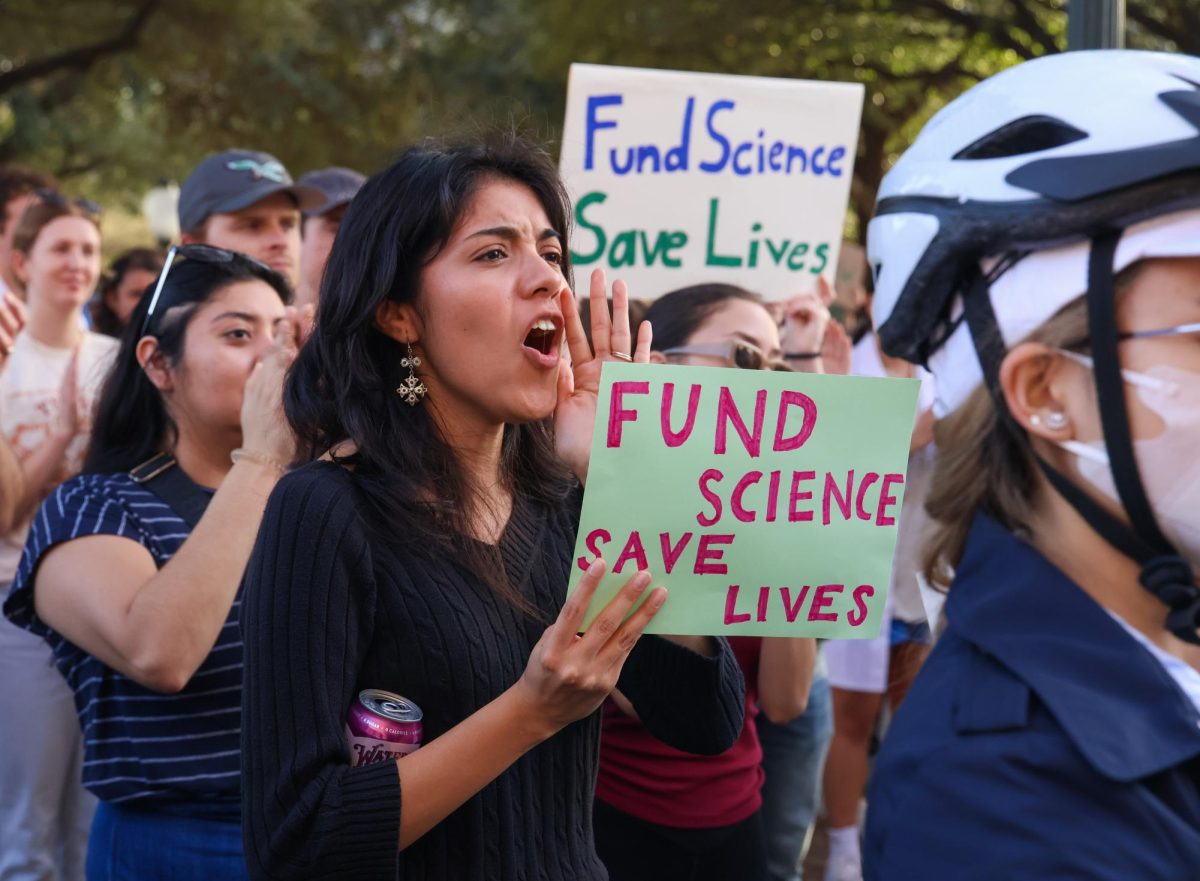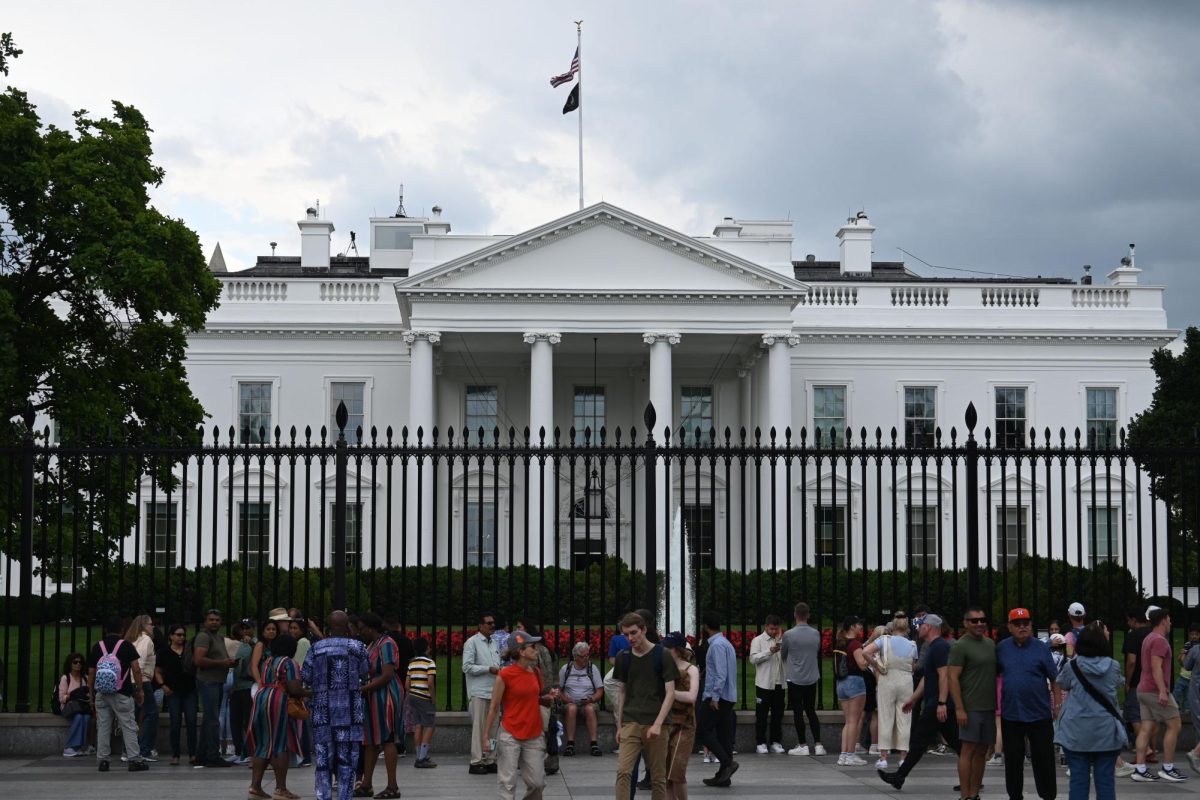Researchers are tracking Austin cyclists to better understand how they travel through the city.
The application CycleTracks records routes cyclists take using the GPS function of their smartphones, according to the study’s website. Users also have the option to indicate the purpose of each bicycle trip.
Texas A&M University’s Texas Transportation Institute is conducting a study along with UT’s Center for Transportation Research using the application in Austin.
Billy Charlton, deputy director for technological services at the San Francisco County Transportation Authority, said the organization created and released CycleTracks in 2009. He said the application gathered data the county used to develop a computer model to determine the pros and cons of using road space for bicycle lanes.
“The main reason we wanted this data was to predict which streets cyclists would prefer,” Charlton said.
Joan Hudson, an associate research engineer at A&M’s transportation institute and the principal investigator for the project in Austin, said the researchers are collecting data through May and June, and will analyze it in the following months.
“Having knowledge about where people ride can certainly help in improving routes,” Hudson said.
She said facilitating transportation for bicyclists could decrease congestion for motor vehicles, and possibly convince some people to switch from cars to bicycles.
The application collects demographic data, including age and sex, to determine trends, but Hudson said the privacy of participants is completely assured. She said the data will also help determine whether the sample taken is biased toward higher income groups because the information is collected through smartphones.
Jennifer Duthie, a research fellow at UT’s Center for Transportation Research, said the goal of the study is to determine the role smartphones could play in collecting bicycle route data for transportation planners.
“While this study focuses on bicyclists, there is the greater question of how smartphone and GPS devices can change the way data is collected not only for transportation planning but a whole host of applications,” Duthie said.
She said San Francisco County found CycleTracks to be an effective and inexpensive method for collecting bicycle route data useful for planning, and hoped it would mean the same for Austin.
Sean Hall, a rhetoric and writing, premed, predental and preveterinary senior, rides his bicycle regularly and said knowing which routes to take determines how safe the trip is.
“The worst is when you have a one-lane, no-shoulder lane that has high-speed traffic,” Hall said.
He said downtown and central Austin provide the safest routes with more bicycle lanes and lower speed limits.
Matt Welch, communications director for the Austin Cycling Association, said Austin is cycling-friendly and getting better every day, but it is not perfect. Austin placed 11th in Bicycling Magazine’s most recent ranking of the top 50 bike-friendly cities in the U.S.
“We’ve got work to do on infrastructure planning, on creating safe routes for commuters, on improving our recreational amenities and basically just transforming Austin into a completely cycling-friendly city,” Welch said.




















